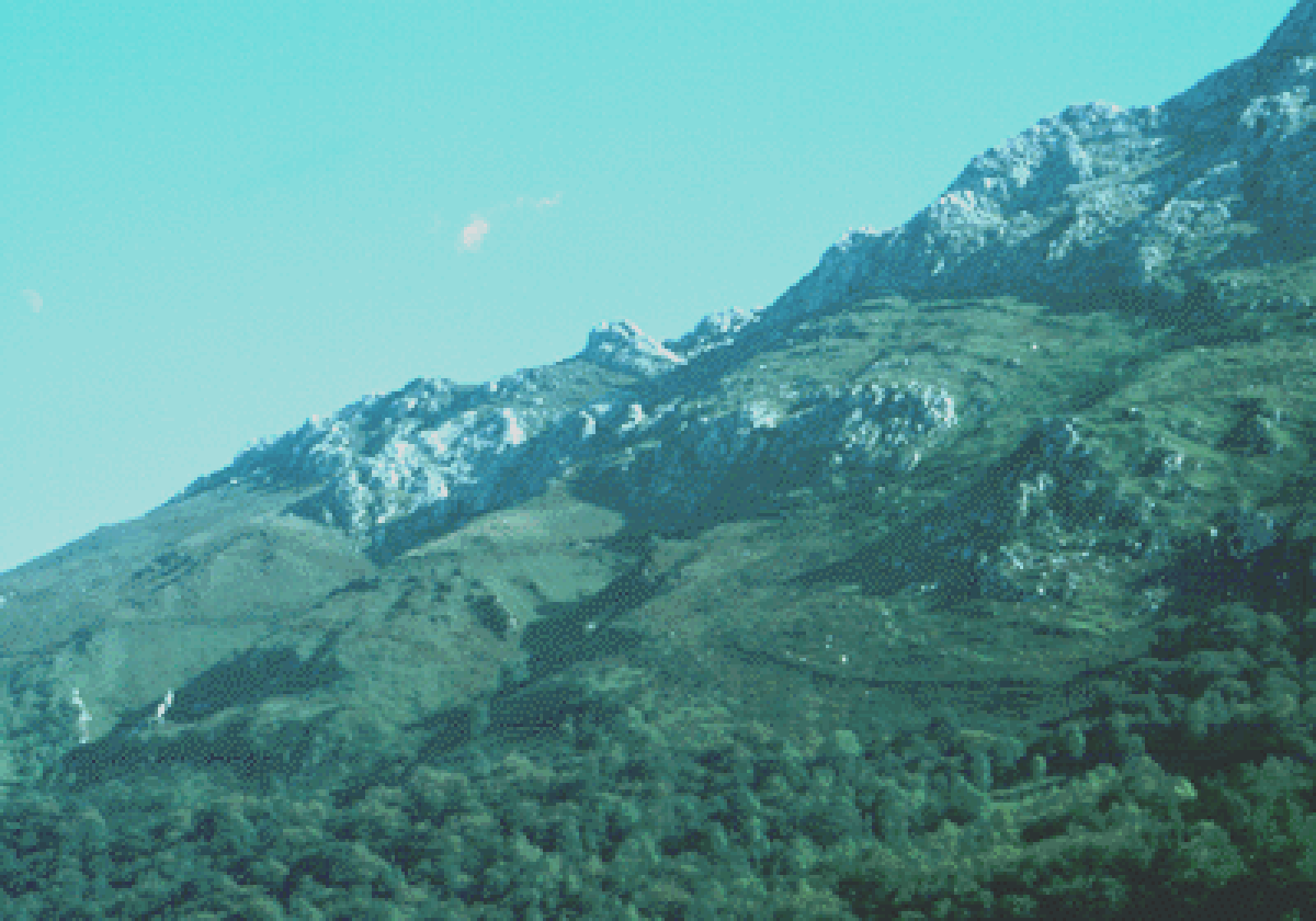
In the northern part of the Picos de Europa Unit (Cantabrian Zone), near the village of Arenas
de Cabrales (Cantabrian Mountains, Asturias - Northern Spain), a stratigraphic succession of
Carboniferous age has been studied. The goal of the investigation is to show the evolution of the
Upper Carboniferous environment under the influence of the progressing Variscan orogenic
front.
The study is based on geologic mapping in an area of 15 km2 around the Sierra Dobros. A geologic map of a scale of 1 : 10 000 has been produced.
Biostratigraphic data of fusulinids are available from Upper Bashkirian to Middle Kasimovian. The data are restricted to a part of the succession (Villa & Martínez García 1989), wherefore the age of the overlaying units can not be established. Hence, new samples of fusulinids have been collected and dated as young as Gzhelian.
Investigations of the palynomorpha yield no further biostratigraphic details because of the destruction by bacterial activity, and crystallization of Pyrite.